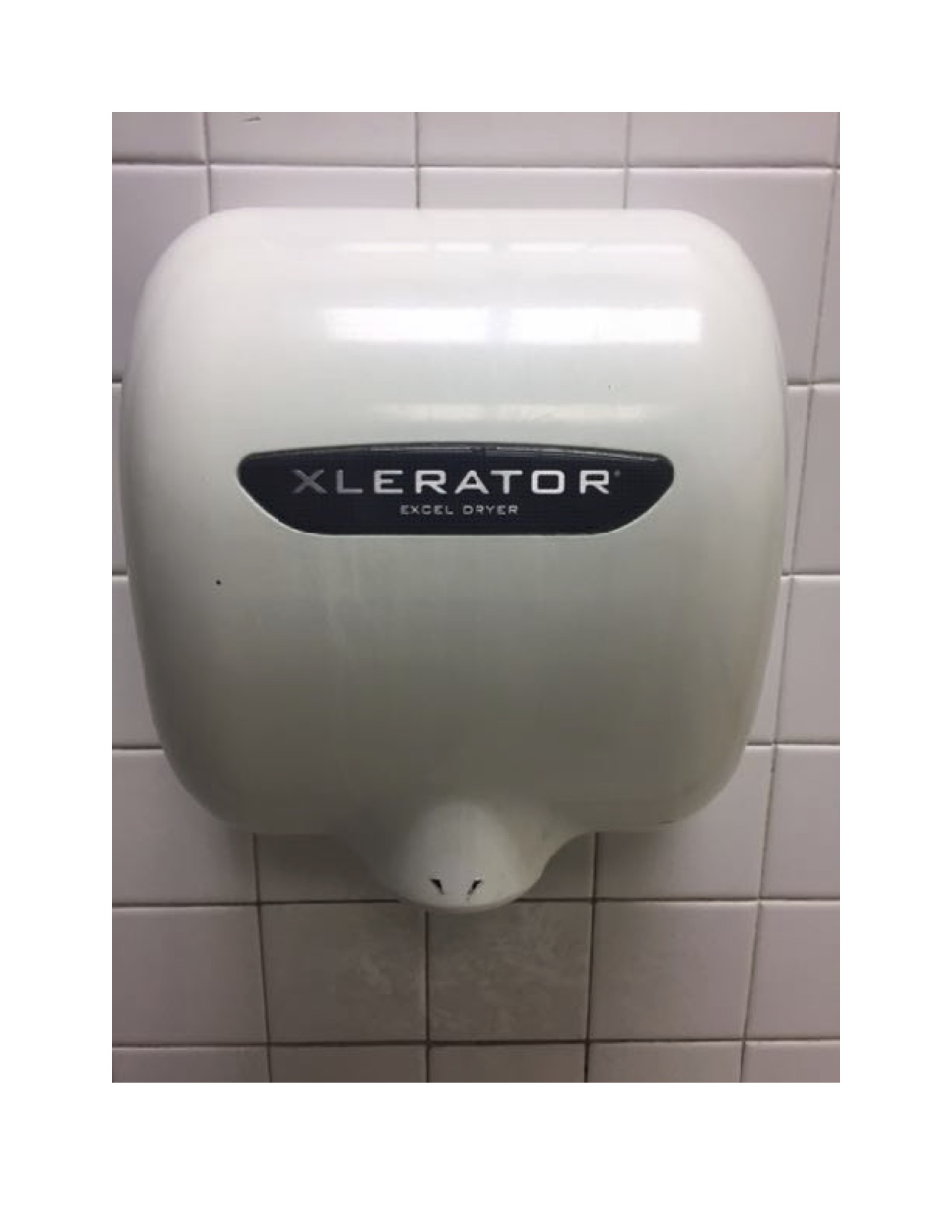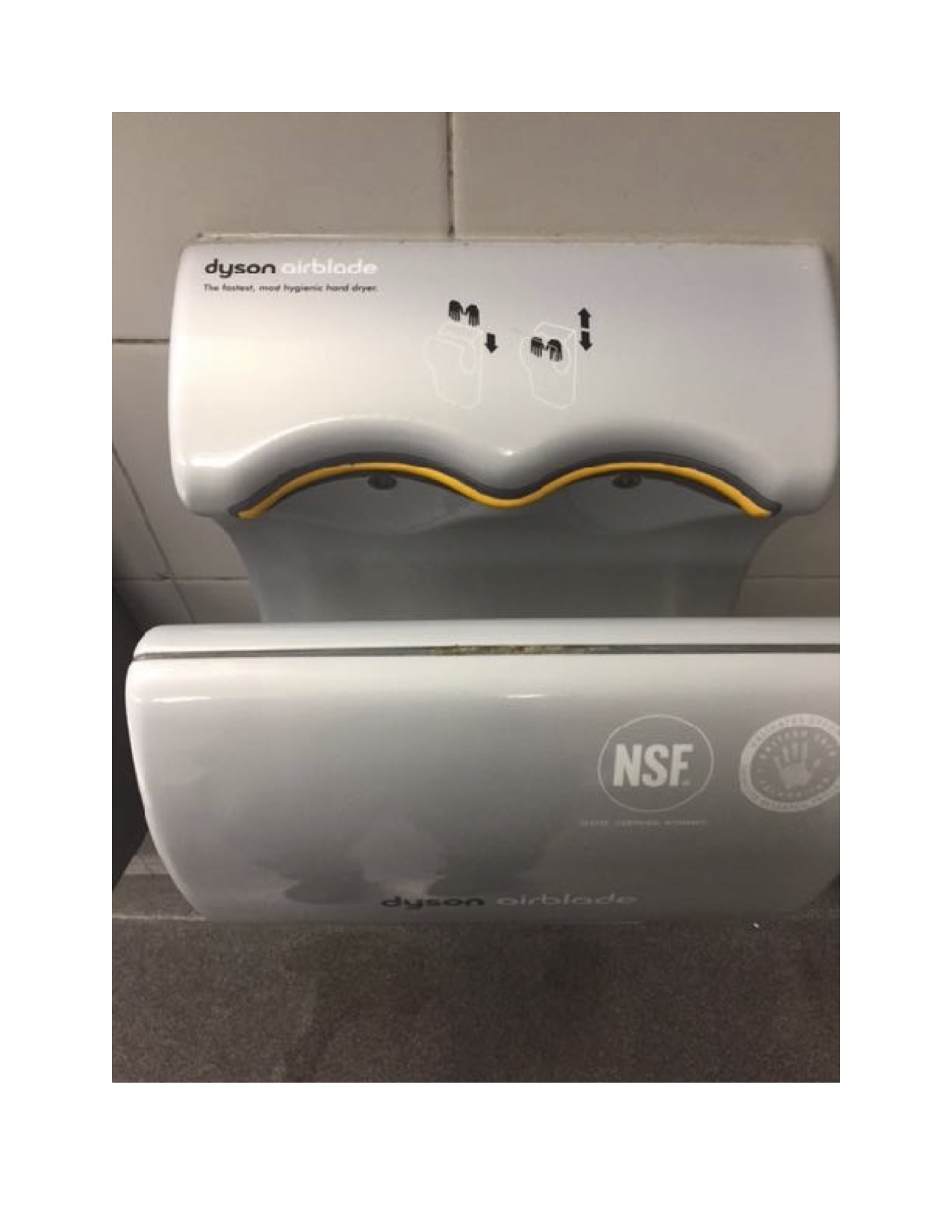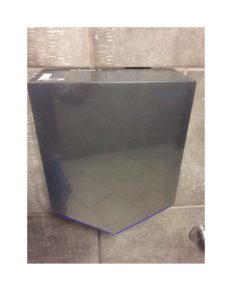Product Development Is Never Complete: Watch For Emerging Game-Changers
Many great product initiatives get started when someone sets out to solve a single problem inside a bigger system.
But it’s critical not to get so caught up focusing so much on that one feature, advantage or benefit that you lose sight of other equally important factors that are part and parcel of the way the customers use the product.
The war for domination in the commercial hand-dryer market provides an example.



You’ve probably noticed that hand dryers in public restrooms have gotten way more powerful in the last few years. And you may have seen that most of them have the name Dyson or Xlerator on them. But you may not be aware of the story behind the breakthrough or the war going on between the two companies, and between them and paper towel manufacturers, who continue to be powerful players in this war.
The story of how a small company found a way to dramatically reduce drying time is summarized in this article from NPR.
When Excel introduced the Xlerator, it looked like they had all the bases covered:
- Speed. Nobody wants to spend a lot of time drying hands. It makes sense that the first point of competitive advantage would be speed. The Xlerator from the Excel Company used a powerful blast of hot air to dry hands in 12 seconds vs. about 40 seconds for the old machines.
- Cost. The Xlerator costs $400 and does away with the cost of paper towels and the need for staff to clean up and re-stock supplies.
- Made in the USA. Excel does 75% of the manufacturing right in Massachusetts. (Although they buy and modify a general-use motor made in China by a company that, despite its American-sounding name — Johnson Electric — is actually Chinese-owned and operated and trading on the Hong Kong Stock Exchange.)
But then came the criticisms and resulting game-changers:
- Hygiene. Paper towel manufacturers pointed out that high-speed dryers may not be all that hygienic because they blow bacteria all over the room.
- Speed revisited. Dyson — the company that brought to market new designs in vacuum cleaners and fans — came up with a new design that reduced drying time to 10 seconds. But one head-to-head test showed Xlerator got it down to 8 seconds.
- Hygiene revisited again. Dyson picked up on the hygiene issue with a design that tried to contain the air flow by having the user insert hands between powerful jets of air blowing from the sides rather than down onto the floor.
- Cost (again). Dyson’s original Airblade used unheated air, saving on electricity.
- Hygiene (yet again). The design of Dyson’s original Airblade allowed drops of water from not-so-thoroughly-washed hands to collect onto the device, and left a dirty residue when dry. That created a nasty-looking condition people would rather stay away from, even if it meant walking away with wet hands.
- Hygiene (once more). Dyson then focused on the fact that other dryers pulled “dirty washroom air” into the machine and blew it onto your hands. They introduced updated Airblade models which abandoned the hands-in design in favor of an approach that, despite its Airblade name, looks a lot like the more traditional hands-under approach of the Xlerator and addressed the clean air issue by installing a HEPA filter.
And who knows what’s next?
The point of all this is that what started out as a battle where speed was the competitive point, evolved into a war on many fronts including cost, made-in-America and hygiene.
In any war of product innovation, it’s critical to avoid getting so preoccupied pursuing one measure of competitiveness that you’ll miss new and important measures introduced by your competition.
On the flip side, if you find yourself outflanked on one measure, look for others that may be just as important to the customer as the one you started out pursuing.
